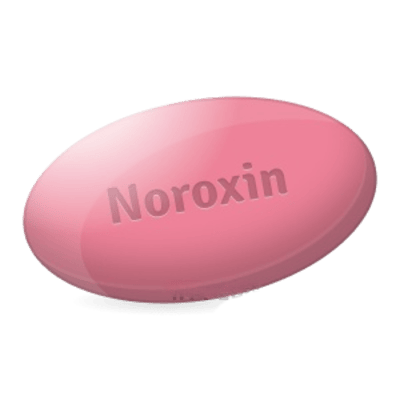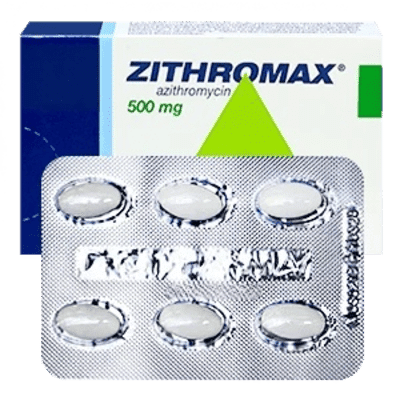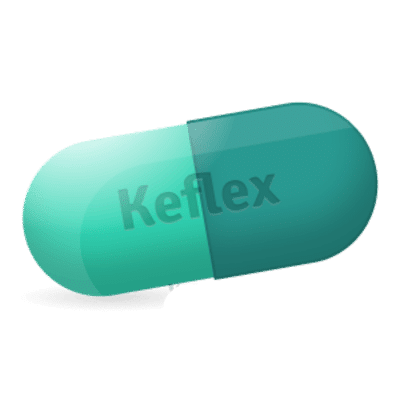I used Noroxin for acute cystitis. The drug worked quite quickly, after a couple of days the symptoms began to go away. The only thing that bothered me a little was slight nausea, but overall I was pleased with the result.

Noroxin
Active ingredients: Norfloxacin- Quality products
- Support 24/7
- Fast delivery
What is it?
Noroxin is an antibacterial drug used to treat infections caused by microorganisms sensitive to it. The main active ingredient of Noroxin is norfloxacin, which belongs to the group of fluoroquinolones. These antibiotics are known for their broad spectrum of action and effectiveness against various bacteria, especially those that cause urinary tract infections, as well as some intestinal infections.
The use of Noroxin is especially relevant in cases where standard antibiotics are ineffective. It is prescribed for infections such as cystitis, urethritis, pyelonephritis, as well as bacterial gastroenteritis. It is important to note that Noroxin should be taken only as prescribed by a doctor, since uncontrolled use of antibiotics can lead to the development of bacterial resistance to the drug.
Composition
Noroxin contains the active substance norfloxacin, which provides its antibacterial action. Norfloxacin belongs to the class of fluoroquinolones, which act on a wide range of bacteria. In addition to the active component, the composition includes excipients that ensure stability and proper absorption of the drug in the body.
Noroxin contains the following components:
- Norfloxacin is the main active ingredient, actively fights bacteria, disrupting the process of their reproduction and growth.
- Crospovidone - helps the active substance to be released faster in the stomach.
- Microcrystalline cellulose - used to provide the necessary texture of the tablets and their stability.
- Hydroxypropyl methylcellulose - forms the tablet shell, making it easier to swallow.
- Silicon dioxide - improves stability and prevents sticking of components.
- Magnesium stearate - used as a lubricant to facilitate the production of tablets.
How to use?
Noroxin should be taken strictly as prescribed by the doctor, observing all recommendations for dosage and duration of the course. The drug is taken orally, usually twice a day, in the morning and in the evening. It is recommended to swallow the tablet whole, with a sufficient amount of water. It is important to take Noroxin one hour before or two hours after meals to ensure the best absorption of the active substance and maximum effectiveness of the treatment.
For best results, follow these guidelines:
- Take your tablets regularly, at the same time each day.
- Do not skip doses or stop treatment early, even if symptoms begin to improve.
- If you miss a dose, take it as soon as possible, but if it is almost time for your next dose, skip the missed tablet and continue treatment as usual.
- Avoid consuming dairy products and antacids while taking Noroxin, as they may reduce its effectiveness.
- Drink plenty of fluids during treatment to prevent possible side effects.
How does it work?
Noroxin works due to its active ingredient, norfloxacin, which belongs to the group of fluoroquinolones. The mechanism of action of this drug is to inhibit the enzyme DNA gyrase, which plays a key role in the process of reproduction of bacterial cells. By disrupting the work of this enzyme, Noroxin prevents normal replication of bacterial DNA, which leads to their death and stopping the infection.
Norfloxacin has a broad spectrum of action, effectively destroying both gram-positive and gram-negative bacteria. This makes Noroxin useful in the treatment of various infections, including urinary tract infections, intestinal infections and some types of prostatitis. Rapid absorption and concentration in urine make it especially effective against bacteria that cause cystitis and other urological diseases.
Indications
Noroxin is prescribed for the treatment of various bacterial infections caused by microorganisms sensitive to norfloxacin. The drug is used in situations where it is necessary to quickly and effectively suppress bacterial activity and prevent further development of the infection. Due to its broad spectrum of action, Noroxin is used in various diseases, which makes it a universal remedy in the fight against infections.
The main indications for the use of Noroxin include:
- Acute and chronic urinary tract infections, such as cystitis, urethritis and pyelonephritis.
- Bacterial gastroenteritis, including travelers diarrhea and other intestinal infections.
- Prostatitis of bacterial origin, especially in chronic form.
- Infections caused by gram-negative microorganisms resistant to other antibiotics.
- Prevention of infections in immunocompromised patients or during surgical interventions.
Contraindications
Noroxin has a number of contraindications that must be taken into account before starting treatment. The drug is not suitable for all patients, and its use in some cases may be unsafe. Before prescribing Noroxin, the doctor must assess the patients general health indicators, taking into account possible risks and contraindications.
The main contraindications include:
- Hypersensitivity to norfloxacin or other fluoroquinolones, as well as to any components of the drug.
- Children under 18 years of age, since the safety and effectiveness of the drug for children have not been established.
- Pregnancy and breastfeeding, since Noroxin can have a negative effect on fetal development and the health of the newborn.
- The presence of severe liver or kidney dysfunction in the patient, which may require dosage adjustment or drug discontinuation.
- History of diseases associated with tendon damage, especially after the use of fluoroquinolones.
Side effects
Although Noroxin is generally well tolerated by most patients, like any other medication, it can cause side effects. These adverse reactions can range from mild to more serious, depending on the individuals response and underlying medical conditions. It is important to be aware of possible side effects and promptly report any unusual symptoms that occur while taking the medication to your doctor.
Possible side effects include:
- Nausea and vomiting, which may be accompanied by loss of appetite and stomach discomfort.
- Headaches and dizziness, especially in the first days of taking the drug.
- Allergic reactions, including rash, itching, and in rare cases, angioedema.
- Diarrhea or other intestinal disorders that may be caused by changes in microflora.
- Tendon pain or inflammation, especially in patients with a predisposition to tendon diseases.
- Sleep disturbances, anxiety, or mood changes, which may also manifest as irritability.
Frequently asked questions
Noroxin Reviews and Experiences
I took Noroxin on the recommendation of a doctor for an intestinal infection. The treatment was successful, the symptoms went away quite quickly. However, I had to drink a lot of water and avoid certain foods to avoid side effects. Overall, the drug did the job.
Noroxin was prescribed for chronic prostatitis. After a few days I felt significant relief. The symptoms decreased and my health improved. The only thing was that I had to carefully follow the recommendations for the time of taking and avoid dairy products.









